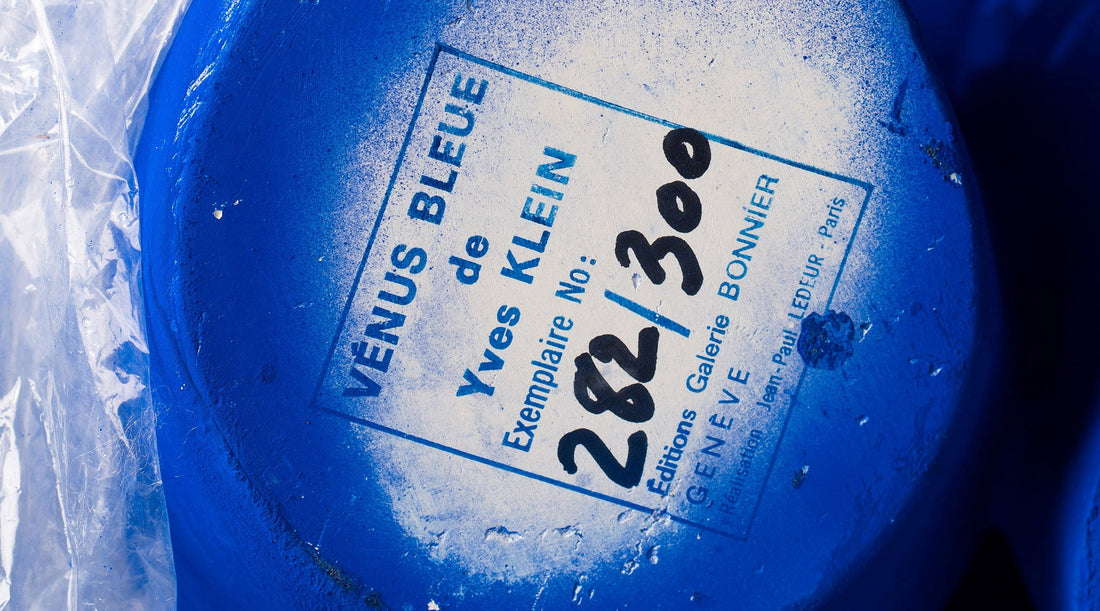There are many recognized art museums in the Portuguese capital. The Museu Coleção Berardo is the most significant one. Both the Museu Coleção Berardo and the area in which it exists, Belém, merit a visit during your time in the city. Close to the Jeronimos Monastery, the Berardo Collection Museum is the masterpiece of the Belém Cultural Center. The artworks here belong to José Manuel Rodrigues Berardo, a wealthy business person, and a philanthropist.

It has a spot that is loaded all the time, with kids getting early knowledge on their art training. This wing is known as the Educational Department of the museum. Inside this department, there is a program coordinated for kids above two years of age.
The MuseuColeçãoBerardo works to keep artworks of plenty of artists. Inside the museum, you'll see works from everybody from Warhol to Picasso, Duchamp to Bacon, etc. The following is a list of all the pieces that I love at this museum:
Yves Klein "Venus"
Yves Klein, one of the most questionable French artists, arose in the twentieth century and is known for the use of his rich aquamarine color that he made his own: International Klein Blue.

In the Venus Blue, from 1960, Klein applied his International Klein Blue to the renowned Venus de Milo design, made of a plaster cast. By doing so, he drove the monochrome into the three-layered field and laid out a connection between the limitless universe and the human structure. By appropriating the popular Greek model and painting it IKB, Klein provided the sculpture with a sort of business appeal.
I was very fascinated by looking at the Venus Blue and was immersed in its beauty. It was the very moment that I experienced a whole new form of blue color which amazed me. I then started using blue quite often and is my favorite color since then.
Anish Kapoor’s work "Eyes Turned Inward" (1993)
English artist of Indian birth, Anish Kapoor was part of an age of British artists who came to be perceived by the worldwide artists during the 80s. Kapoor utilizes materials like sandstone, marble, and slate. Kapoor gives the world a method for talking without words, like the cavern painters and the Egyptians before them. His art, Eyes Turned Inward, represents two hollow spheres separated by space.

As the name suggests, the art piece looks like two eyes bulging inside. The color used by Anish is phenomenal. I love this artist for his love for colors and his unique blends, producing spectacular arts and sculptures. My experience with this work at the Museum Berardo was a bit strange. It is kind of a vacuum between these two semi-spheres, and it gives a very strange vibe standing between the two semi-spheres. In this art, objects pour out from their boundaries, giving a strong feeling. Kapoor's goal seems obvious as he wants to promote self-reflection by utilizing mirror surfaces. As I continued watching the art, each part of it spoke for itself.
Donald Judd - Untitled (1976)
However, most popular for his model related to Minimalism, Donald Judd was additionally a productive author and distributed innumerable audits and papers at the end of the 1950s until the year before his demise. Donald Judd's models and establishments helped pioneer mid-twentieth century Minimalism. He grew as an art pundit and author, all through his profession and, in 1965, wrote "Specific Objects," a paper on Minimalist art. His work has a place in plenty of museums.

During the 1960s, Donald Judd decided on a list of materials and basic shapes that he will use in his art. The materials like anodized aluminum, iron, steel, Plexiglas, and compressed wood were picked. He chose those materials because they had no art history and were affordable at the time. His works show his continuous struggle to connect wall art with floor art and paintings with sculptures.
The artwork, Untitled, was made by him just by a simple call to a metal plant and provided them with all the details about measurements and what the object should look like. So, physically he never took part in the creation of this piece but only communicated his thoughts. So, it is also worth noting that "an artwork is an object of art if an artist didn’t make it personally?" So, I think that yes, artwork can be an object of art even if an artist didn't make it because eventually, someone did, and that's what art is.

